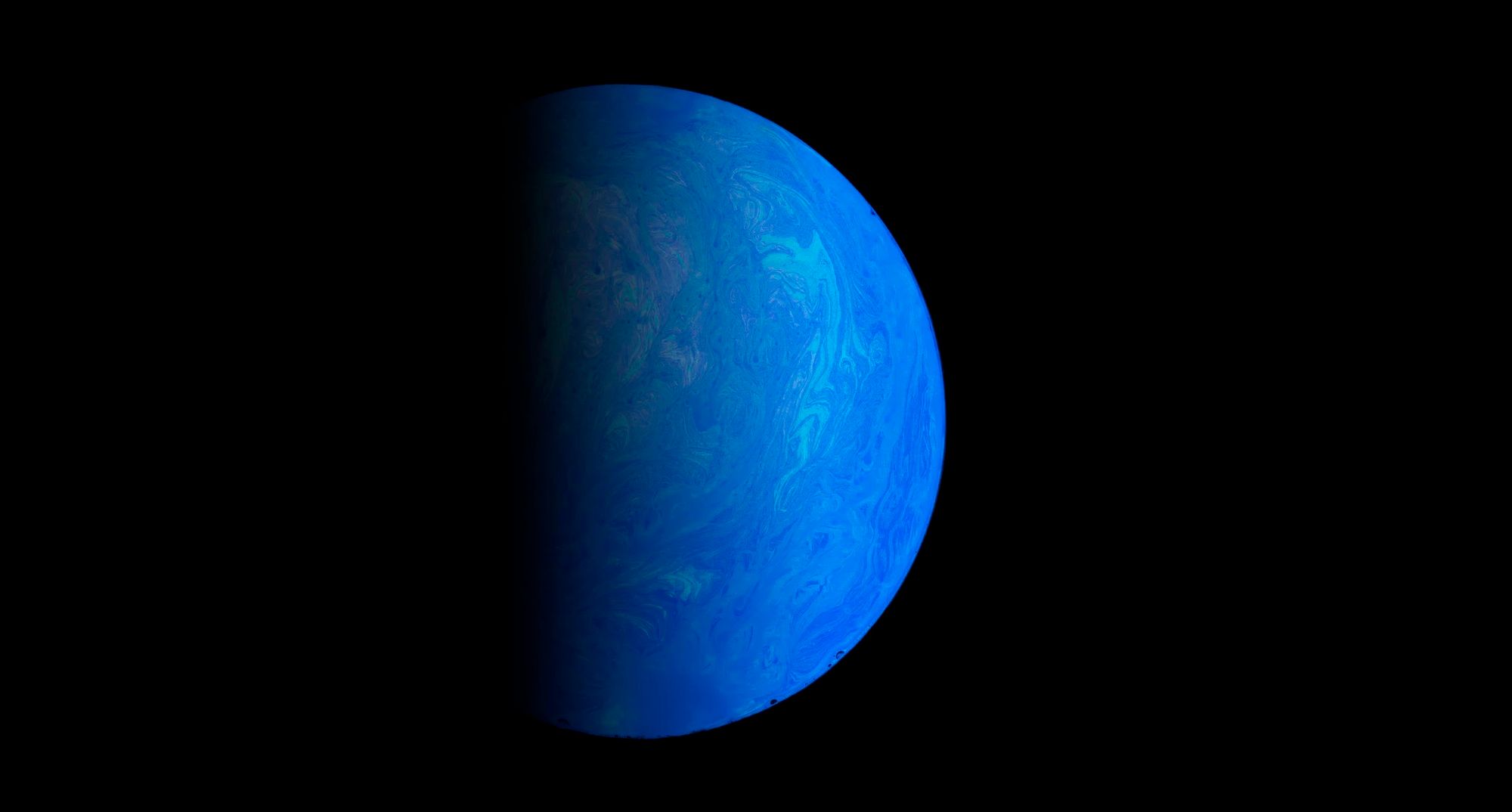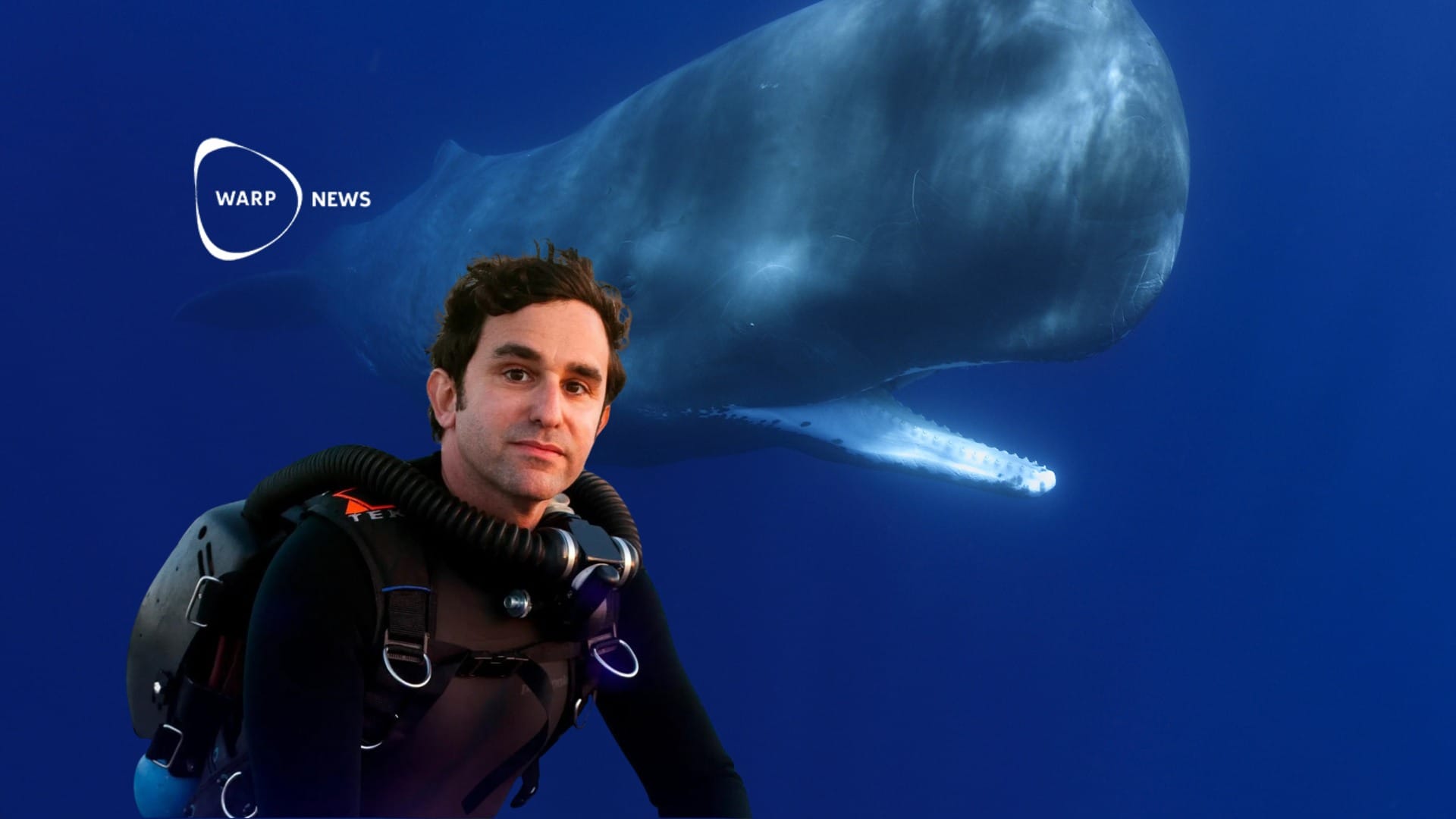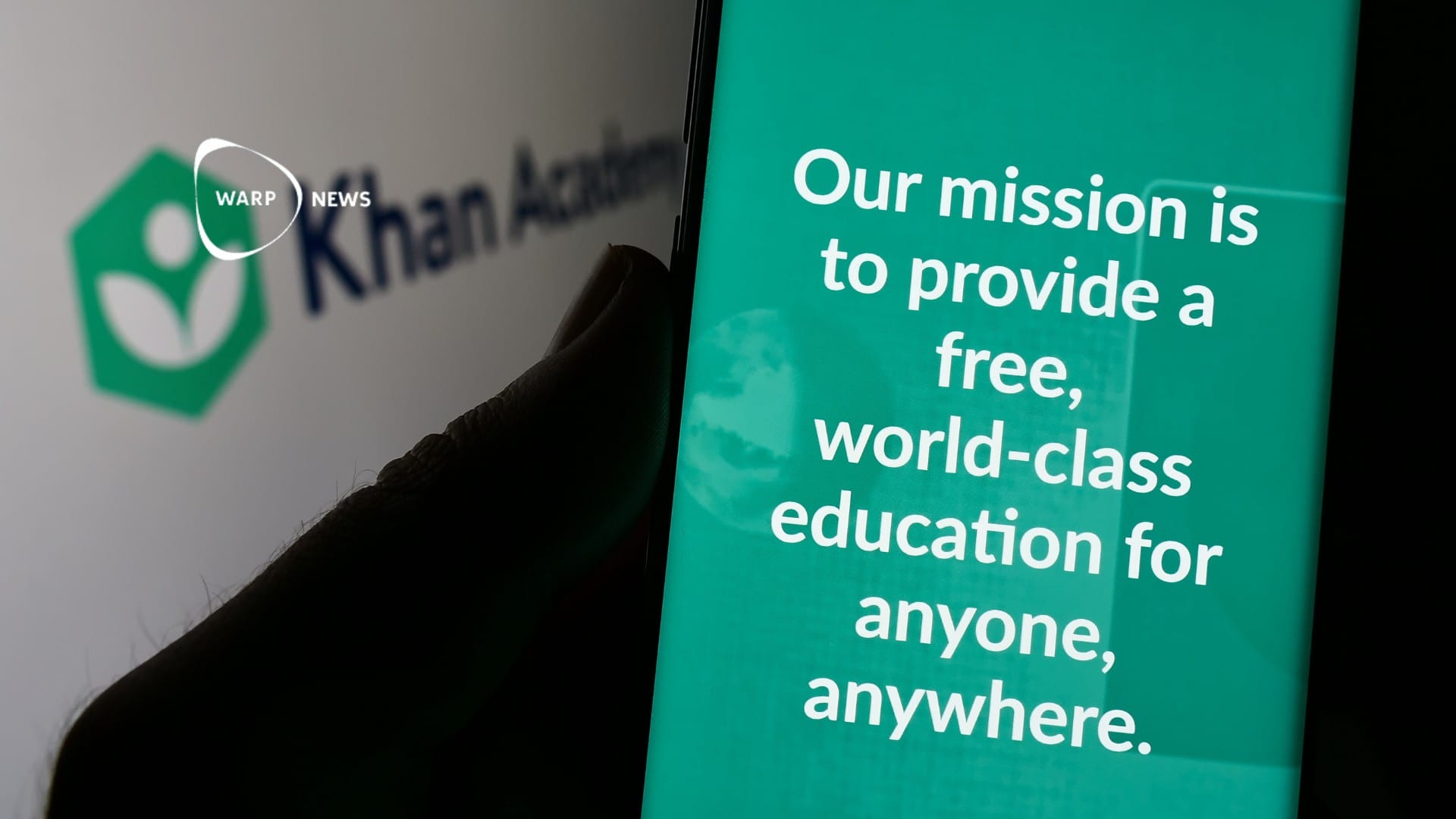
🔭 First ever exoplanet discovery made by artificial intelligence
Astronomers applied a machine learning algorithm to validate the presence of exoplanets on telescope images, resulting in 50 new confirmed discoveries.
Share this story!
Researchers at the University of Warwick have made a successful discovery of 50 exoplanets by applying a machine learning algorithm on datasets obtained from observations with NASA’s Kepler telescope. The machine learning algorithm was designed and trained to determine the likelihood of candidate planets from observations to be either real planets of “false positives” – signals that seem to reveal a planet but actually do not. Thanks to the AI’s effort in validating candidate planets from observational images, the team at Warwick concluded that 50 potential planets could be confirmed as new discoveries. This is the first time that an AI algorithm discovers new planets in this way.
“In terms of planet validation, no-one has used a machine learning technique before. Machine learning has been used for ranking planetary candidates but never in a probabilistic framework, which is what you need to truly validate a planet,” says Dr David Armstrong in a press release from the University of Warwick.
The data studied consists of observations of a phenomenon called transiting, meaning that a planet passes in front of its star as seen from Earth (or, rather, as seen from the space telescope that’s orbiting the Earth). Transiting results in a dip in light that the telescope will detect coming from the distant star. This light dip could, however, also result from technical disturbances. This would then result in an observation that looks like there’s a planet even though there isn’t – a “false positive”.
When validating a planet, the AI computes the probability that a candidate planet is a real one based on what it has learned when trained with confirmed datasets of both real ones and false ones. If the probability of a candidate to be a real planet is more than 99%, it is considered to be a validated case.
The 50 new planets vary in size from Neptune-size to less than Earth-size and in orbits from 200 days down to just 1 day.
The Warwick researchers not only made the discovery, but they also developed the algorithm themselves, in collaboration with The Alan Turing Institute. “The algorithm we have developed lets us take fifty candidates across the threshold for planet validation, upgrading them to real planets. We hope to apply this technique to large samples of candidates from current and future missions like TESS and PLATO”, says Dr Armstrong in the press release.
TESS (Transiting Exoplanet Survey Satellite) is a NASA space telescope launched into orbit in 2018. PLATO (PLAnetary Transits and Oscillations of stars) is a similar ESA mission planned for launch in 2026. The Kepler space telescope, from which the datasets of this study originate, is a retired NASA mission. It was active from 2009 to 2018.
The introduction of AI into astronomic research brings a revolutionizing potential for discovery. Modern-day telescopes produce enormous amounts of data – too much for humans to go through in detail. By using AI, the data can be processed more efficiently. Machine learning algorithms can be trained to validate results from observational images using known data containing earlier discoveries, and subsequently applied to search new data-sets for more. Earlier this year, Warp News reported about a similar breakthrough where astronomers took help of AI to discover new protostars. “We still have to spend time training the algorithm, but once that is done it becomes much easier to apply it to future candidates. You can also incorporate new discoveries to progressively improve it”, says Dr Armstrong.
When searching through big datasets, AI also provides an advantage in terms of consistency when more data is processed in the same way. Dr Armstron adds: “A survey like TESS is predicted to have tens of thousands of planetary candidates and it is ideal to be able to analyse them all consistently. Fast, automated systems like this that can take us all the way to validated planets in fewer steps let us do that efficiently.”
AI algorithms like this will speed up the search for new worlds in other star systems. Over the years, humans have done a good job in validating planets too. More than 4200 exoplanets have been discovered to date!
The Warwick researchers’ breakthrough was published in Monthly Notices of the Royal Astronomical Society. In the article, the authors also argue for a more diverse approach to exoplanet validation using multiple techniques. ”Almost 30% of the known planets to date have been validated using just one method, and that’s not ideal. Developing new methods for validation is desirable for that reason alone. But machine learning also lets us do it very quickly and prioritise candidates much faster”, says Dr Armstrong.
Others are developing exoplanet validation algorithms too. In July, a team of researchers from Dubai published results from a similar AI development study in the journal Advances in Machine Learning and Computational Intelligence.
By becoming a premium supporter, you help in the creation and sharing of fact-based optimistic news all over the world.


